Shade Loving Hydrangeas: Bring The Beauty Of Blooms To Even The Darkest Corners Of Your Garden
Shade Loving Hydrangeas: Bring the Beauty of Blooms to Even the Darkest Corners of Your Garden
If you have a shady spot in your garden, don't despair! There are plenty of beautiful plants that can thrive in low-light conditions, and hydrangeas are one of the best.
Hydrangeas are known for their large, showy blooms, which can come in a variety of colors, including blue, pink, white, and purple. They are also relatively easy to care for, making them a great choice for even the most novice gardeners.
There are many different types of hydrangeas, but some of the best for shade include:
- Bigleaf hydrangeas (Hydrangea macrophylla): These are the most popular type of hydrangea, and they come in a wide range of colors. Bigleaf hydrangeas prefer partial shade, but they can tolerate full shade in some cases.
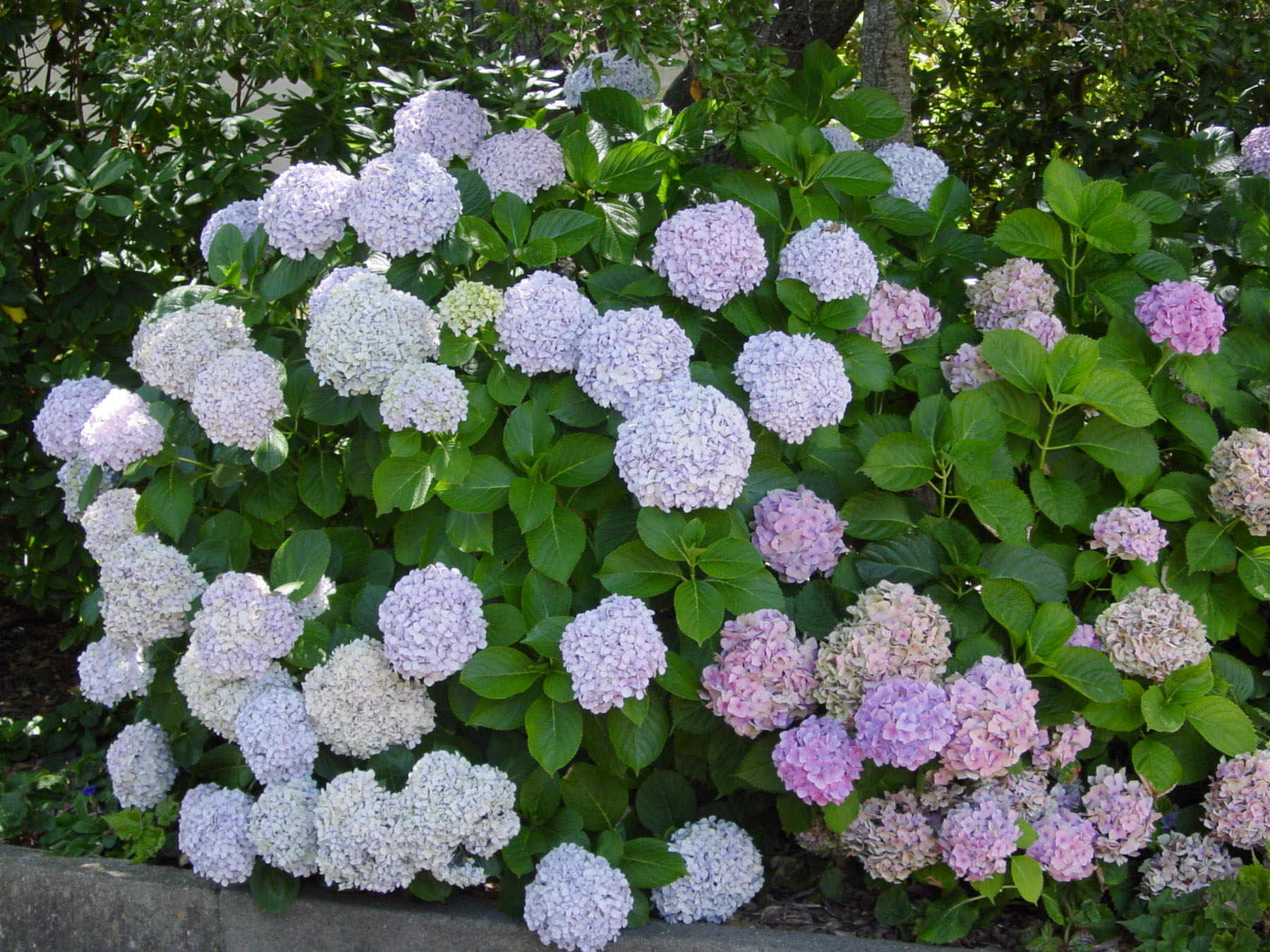
- Oakleaf hydrangeas (Hydrangea quercifolia): These hydrangeas have large, oak-shaped leaves and clusters of small, white flowers. Oakleaf hydrangeas prefer full shade, but they can also tolerate partial shade.
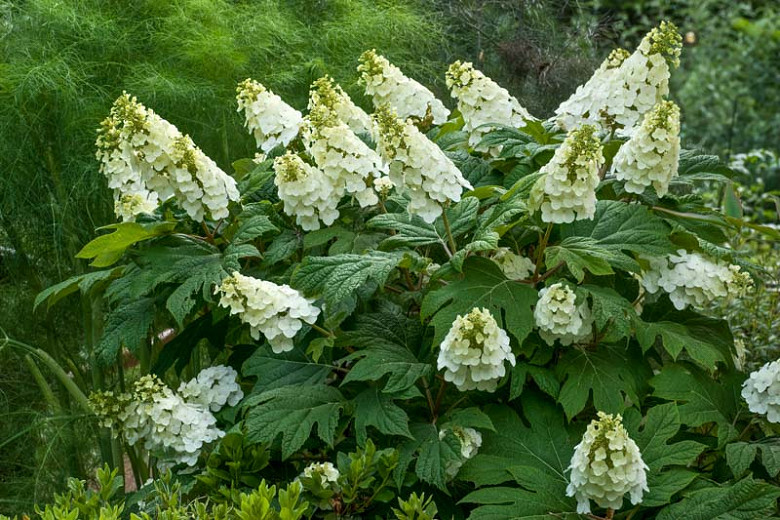
- Smooth hydrangeas (Hydrangea arborescens): These hydrangeas have small, white flowers that bloom in early summer. Smooth hydrangeas prefer full sun, but they can also tolerate partial shade.

- Panicle hydrangeas (Hydrangea paniculata): These hydrangeas have large, conical clusters of white, pink, or blue flowers. Panicle hydrangeas prefer full sun, but they can also tolerate partial shade.
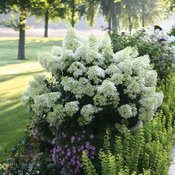
When choosing a hydrangea for your shady garden, it is important to consider the amount of sunlight the area receives. Bigleaf hydrangeas and smooth hydrangeas can tolerate some shade, but oakleaf hydrangeas and panicle hydrangeas prefer full sun.
Once you have chosen a hydrangea, plant it in well-drained soil that is rich in organic matter. Hydrangeas prefer moist soil, but they should not be planted in soggy soil.
Water your hydrangea regularly, especially during the first year after planting. Once the plant is established, you can water it less often.
To help your hydrangea bloom, fertilize it with a balanced fertilizer in early spring. You can also add some compost or manure to the soil around the plant.
Hydrangeas are relatively pest- and disease-free, but they can be susceptible to powdery mildew. If you see powdery mildew on your hydrangea, you can treat it with a fungicide.
With proper care, your hydrangea will bloom for many years to come, bringing beauty to even the darkest corners of your garden.
If you have a shady spot in your garden, you're in luck! There are many beautiful hydrangea varieties that thrive in shade. For more information about the best shade-loving hydrangeas, I recommend visiting .
This website has a comprehensive guide to shade-loving hydrangeas, including information on different varieties, how to care for them, and companion plants that work well with hydrangeas. You can also find a helpful planting guide and a gallery of stunning hydrangea photos.
I highly recommend checking out if you're looking for beautiful and easy-care hydrangeas for your shady garden.
FAQ of shade loving hydrangea
1. What are the best shade-loving hydrangeas?
There are many different types of hydrangeas that can tolerate shade, but some of the best include:
- Oakleaf hydrangea (Hydrangea quercifolia): This hydrangea is known for its large, oak-shaped leaves and its large, showy flowers. It is a hardy plant that can tolerate full shade to partial sun.
- Annabelle hydrangea (Hydrangea arborescens ‘Annabelle’): This hydrangea is a popular choice for shade gardens because of its large, white flowers. It is a relatively easy plant to care for and is tolerant of a wide range of soil conditions.
- PeeGee hydrangea (Hydrangea paniculata ‘Grandiflora’): This hydrangea is known for its large, conical flowers that can reach up to 12 inches in diameter. It is a hardy plant that can tolerate full sun to partial shade.
- Climbing hydrangea (Hydrangea petiolaris): This hydrangea is a vine that can climb up to 30 feet. It is a beautiful plant that can be used to cover a wall or trellis.
2. How do I care for a shade-loving hydrangea?
Shade-loving hydrangeas need well-drained soil that is rich in organic matter. They should be watered regularly, especially during the summer months. In the spring, you can fertilize your hydrangeas with a balanced fertilizer.
3. What are the signs of a sick shade-loving hydrangea?
If your shade-loving hydrangea is not doing well, there are a few signs that you can look for:
- The leaves are turning yellow or brown.
- The flowers are not blooming or are smaller than usual.
- The plant is wilting or has dead branches.
If you see any of these signs, it is important to diagnose the problem and take steps to correct it.
4. How do I propagate a shade-loving hydrangea?
There are two main ways to propagate a shade-loving hydrangea:
- Division: This is the most common way to propagate hydrangeas. In the spring or fall, you can dig up a mature hydrangea and divide it into smaller plants.
- Air layering: This is a more difficult method, but it can be used to propagate hydrangeas that are difficult to divide. In the spring, you can make a cut in the stem of a hydrangea and then wrap the cut area with moist sphagnum moss. The moss will help to root the new plant.
5. What are some interesting facts about shade-loving hydrangeas?
- The color of hydrangea flowers can be affected by the acidity of the soil. In acidic soil, hydrangeas will bloom blue flowers. In alkaline soil, they will bloom pink flowers.
- Hydrangeas are native to Asia, Europe, and North America.
- The name "hydrangea" comes from the Greek words "hydro" (water) and "angos" (vessel). This is because hydrangeas need a lot of water to thrive.
Image of shade loving hydrangea
5 different images of shade loving hydrangeas from Pinterest:
Oakleaf hydrangeas are the most shade-loving hydrangeas. They can tolerate full shade, but they will bloom better in partial shade. They have large, oak-shaped leaves and clusters of white, pink, or blue flowers.
Smooth hydrangeas are another good choice for shady conditions. They can tolerate full shade, but they will bloom better in partial shade. They have smaller leaves than oakleaf hydrangeas, and their flowers are typically white or pink.

Panicle hydrangeas can tolerate some shade, but they prefer full sun. They have large, panicle-shaped flowers that can be white, pink, or blue.
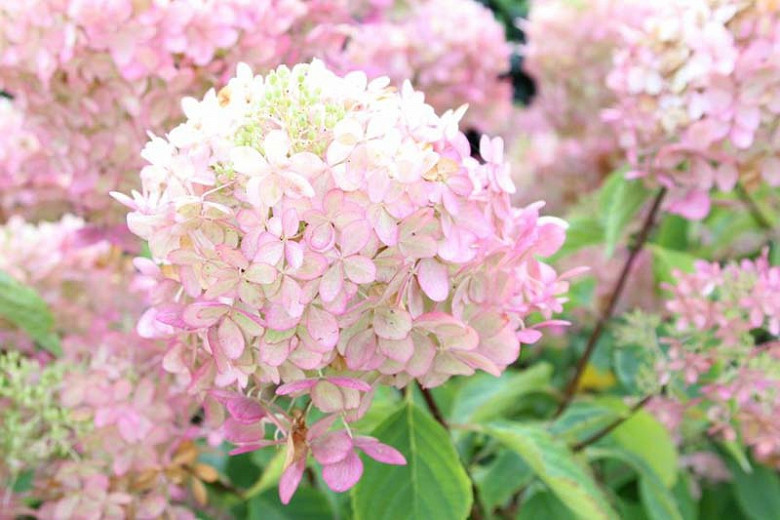
Mountain hydrangeas are a good choice for shady, woodland gardens. They have small, white flowers that bloom in late summer.
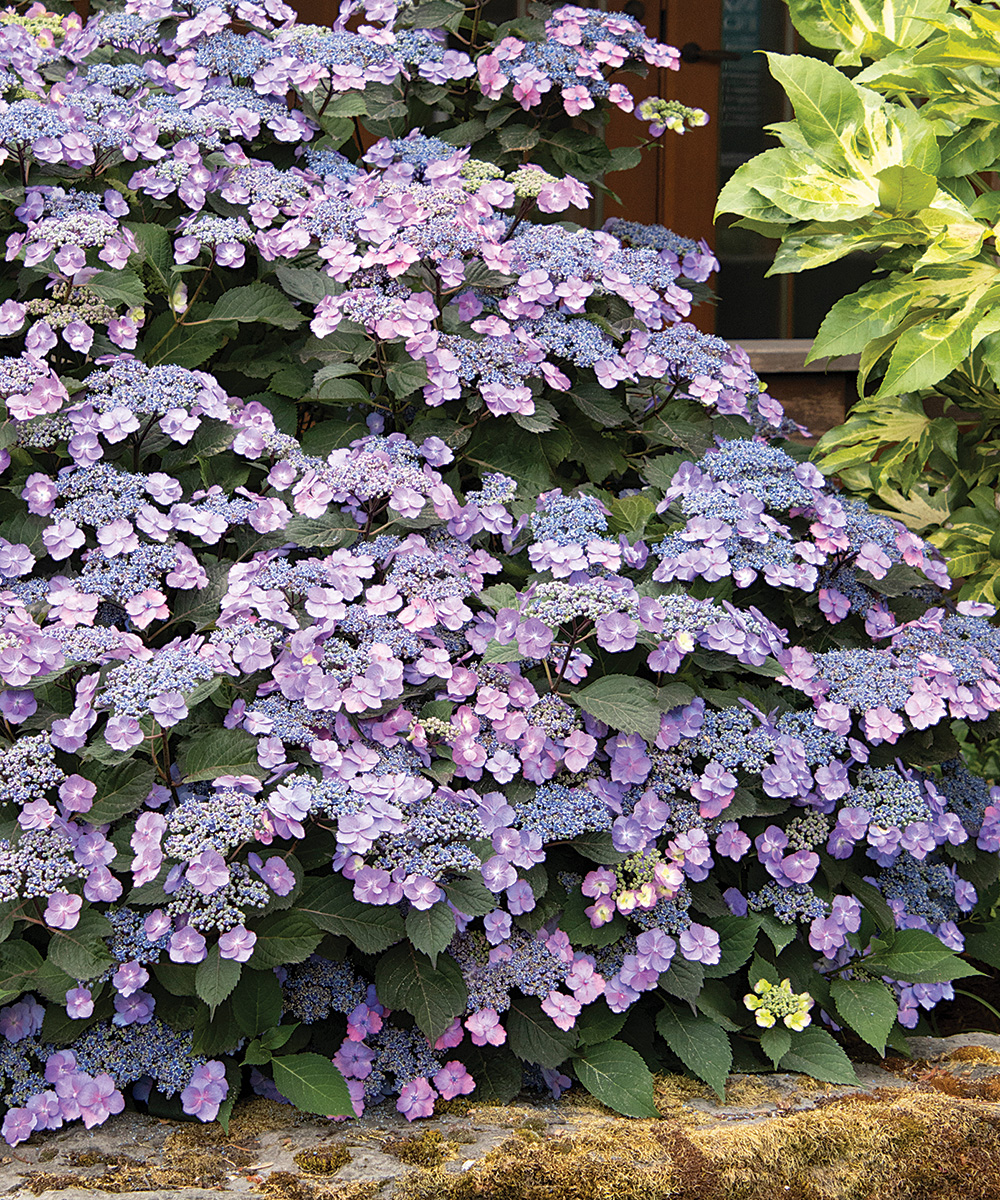
Peegee hydrangeas are a popular choice for hedges. They can tolerate some shade, but they prefer full sun. They have long, cascading branches of white flowers that bloom in late summer.

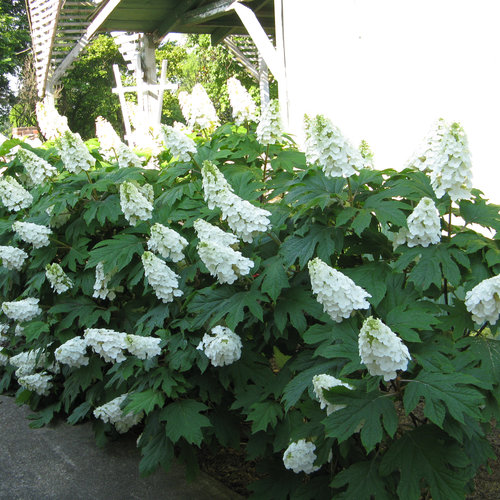

Post a Comment for "Shade Loving Hydrangeas: Bring The Beauty Of Blooms To Even The Darkest Corners Of Your Garden"